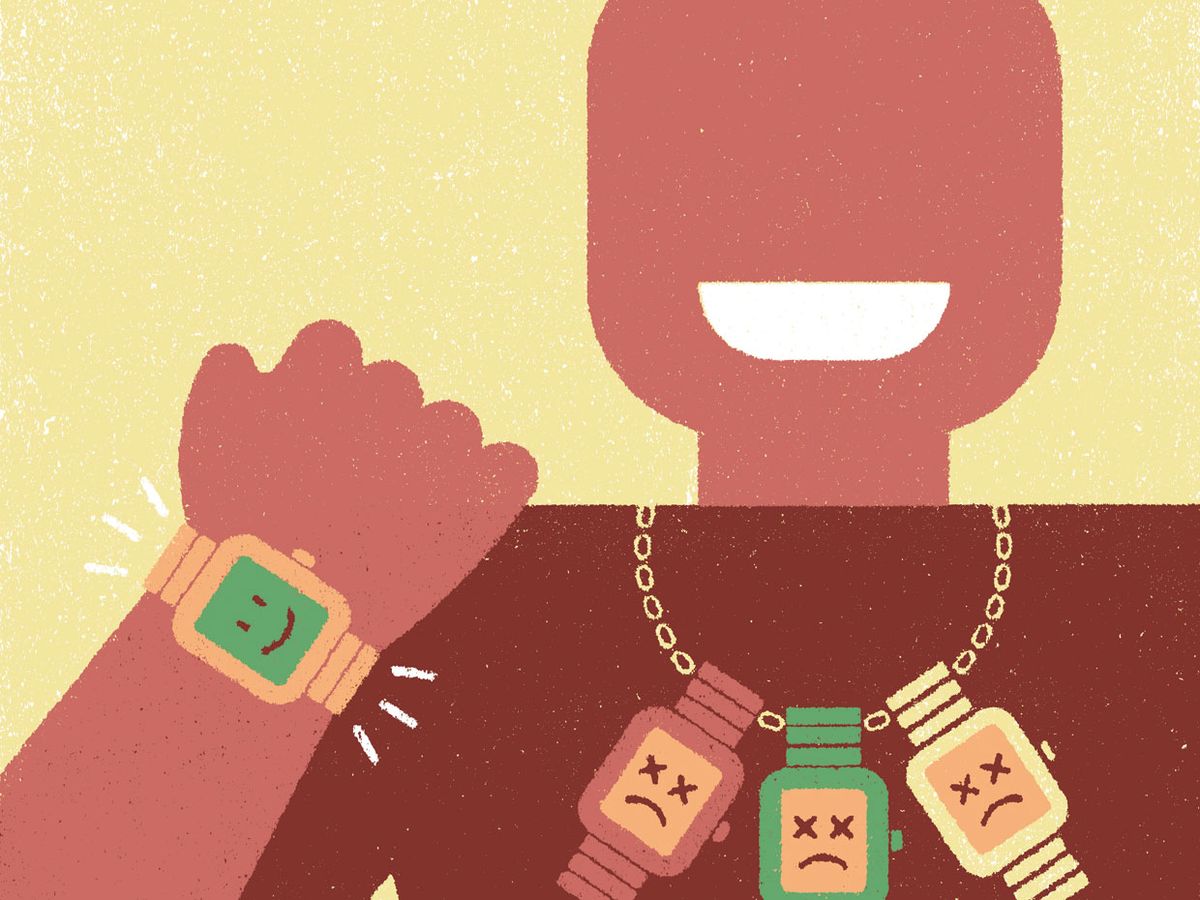In my office closet, I have a box full of perfectly good smart-home gadgets that are broken only because the companies that built them stopped updating their software. I can't bear to toss them in a landfill, but I don't really know how to recycle them. I'm not alone: Electronic waste, or e-waste, has become much more common.
The adoption of Project Connected Home Over IP (CHIP) standards by Amazon, Apple, Google, and the Zigbee Alliance will make smart homes more accessible to more people. But the smart devices these people bring into their homes will also eventually end up on the junk heap.
Perhaps surprisingly, we still don't have a clear answer as to what we should do when a product's software doesn't outlive its hardware, or when its electronics don't outlast the housing. Companies are building devices that used to last decades—such as thermostats, fridges, or even lights—with five- to seven-year life-spans.
When e-waste became a hot topic in the computing world, computer makers such as Dell and HP worked with recycling centers to better recycle their electronics. You might argue that those programs didn't do enough, because e-waste is still a growing problem. In 2019 alone, the world generated 53.6 million metric tons of e-waste, according to a report from the Global E-waste Monitor. And the amount is rising: According to the same report, each year we produce 2.5 million metric tons more e-waste than the year before.
This is an obviously unsustainable amount of waste. While recycling programs might not be enough to solve the problem, I'd still like to see the makers of connected devices partner up with recycling centers to take back devices when they are at the end of their lives. The solution could be as simple as, say, Amazon adding a screen to the app for a smart device that offers the address of a local recycling partner whenever someone chooses to decommission that device.
The idea is not unprecedented for smart devices. The manufacturer of the Tile tracking device has an agreement with a startup called Emplacement that offers recycling information when the battery on one of Tile's trackers dies and the device is useless. Another example is GE Appliances, which hauls away old appliances when people buy new ones, even as added software potentially shortens their years of usefulness.
Companies can also make the recycling process easier by designing products differently. For example, they should rely less on glues that make it hard to salvage recyclable metals from within electronic components and use smaller circuit boards with minimal components. Companies should also design their connected products so that they physically work in some fashion even if the software and app are defunct. In other words, no one should design a connected product that works only with an app, because doing so is all but forcing its obsolescence in just a few years. If the device still works, however, people might be able to pass it along for reuse even if some of the fancier features aren't operational.
Connected devices won't be in every home in the future, but they will become more common, and more people will come to rely on the features they offer. Which means we're set for an explosion of new electronic waste in the next five to ten years as these devices reach the end of their life-spans. How we handle that waste—and how much of it we have to deal with—depends on the decisions companies make now.
This article appears in the January 2021 print issue as “E-Waste Isn't Inevitable."
Stacey Higginbotham writes “Internet of Everything,” Spectrum’s column about how connected devices shape our lives. Tech writer Higginbotham enjoys covering the Internet of Things because the topic encompasses semiconductors, wireless networks, and computing hardware. She alsopublishes a weekly newsletter called Stacey Knows Things and hosts The Internet of Things Podcast. Higginbotham figures she has at least 60 IoT gadgets in her Austin, Texas, home, and she admits, “Frankly, I hate keeping it all up and running.”



